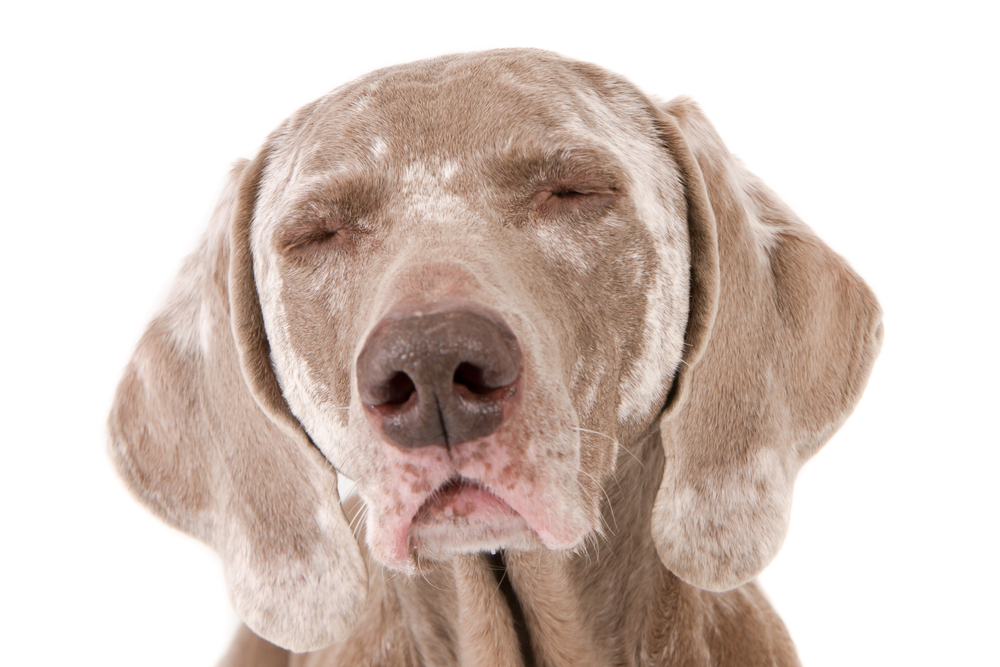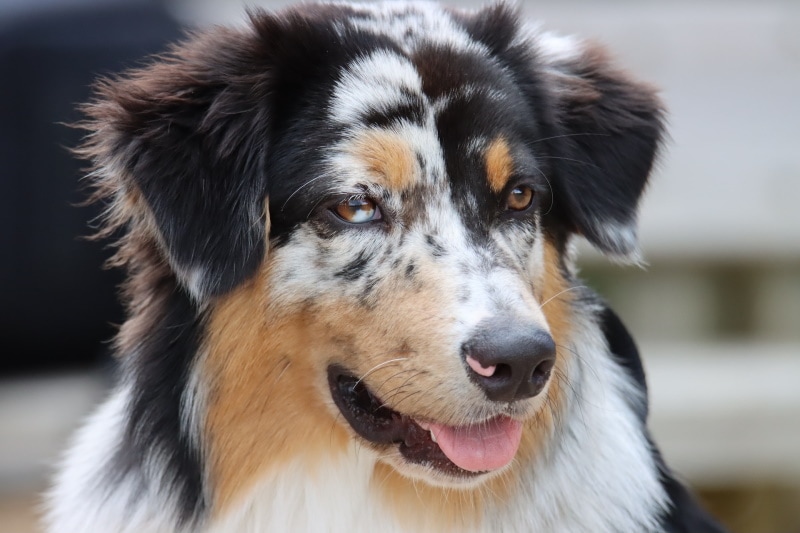Click to Skip Ahead
As dog owners, we can see our pets go through several physical changes throughout their lifetimes. However, one that can be a source of wonder and stress is when their coat starts to change color. If this is happening to your pet and you want to know why, keep reading as we list several possible reasons, so you can see if one matches your pet’s situation.
The 11 Possible Reasons Why Your Dog’s Fur Is Changing Color
1. Aging
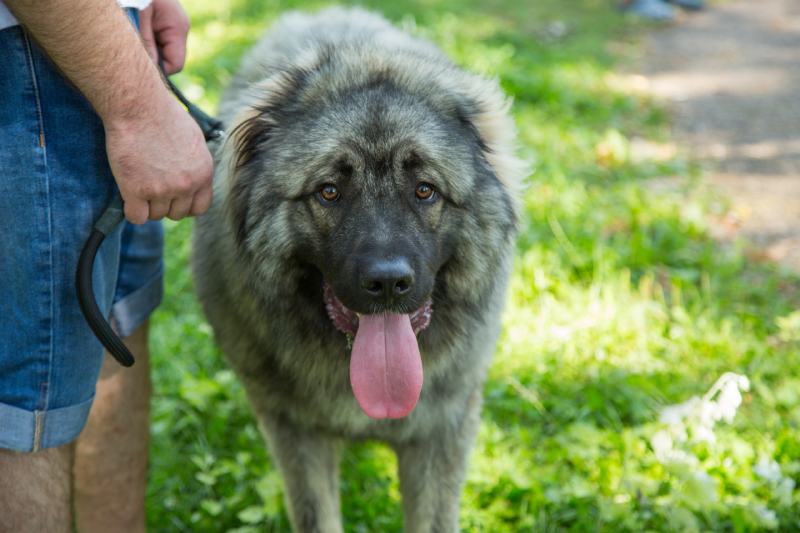
A common reason for a change in the color of your dog’s fur is the natural aging process. As your dog gets older, their coat will likely start to fade and look a bit dull, and the hair on their face may become gray or white. You may also notice gray hairs emerging from other parts of their body.
2. Saliva Stains
Your dog’s saliva contains porphyrin, which is a natural pigment that can lead to a rust-red color on light-colored fur. You will most frequently see this staining on the paws, but you may notice it elsewhere on the body if your dog often grooms and licks the same areas.
Like your dog’s saliva, their tears also contain the natural pigment porphyrin, which can give the fur a rusty color. Several breeds are prone to tear staining due to their physiology. It’s easier to see on dogs with light-colored fur, but it can happen to any dog, especially if they have blocked tear ducts. A nutritional deficiency can cause your dog’s coat to lose its shine, and the color can fade, changing the appearance of your pet. Hypothyroidism is a condition that affects the thyroid gland, which regulates your pet’s metabolism. Dogs with this disease can suffer from dry hair that has a dull color and sheds excessively, which can change their overall appearance. Certain parasites, especially the tiny mites responsible for demodectic mange, can dramatically change the appearance of your pet’s coat. These mites live in the hair follicles and can contribute to rapid hair loss. If you suspect that your pet has a parasite problem, you will need to schedule an appointment with your vet to get them the proper treatment. Demodectic mange is treatable with medication but can be a sign of an underlying health problem. Vitiligo is a rare disorder that can cause your pet’s fur to lose its natural pigment, resulting in white patches. It usually starts with the face before affecting other parts of the body. If your dog spends most of their time out in the sun during the summer, the strong ultraviolet rays that cause sunburns in humans can lighten or bleach your dog’s fur, resulting in a lighter overall color that can last for several months. Post-clipping alopecia is a condition that causes the hair to grow back patchy and wispier than it was before, and it may also grow back a different color. Sometimes, temperature or other changes in the skin after clipping, surgery, trauma or various injections can result in a change in the color of the fur when it grows back. The change may be temporary, or it may last the rest of your pet’s life. Unfortunately, many dogs get cancer in the later stages of their lives, and it can have a dramatic effect on the appearance of their coat, often causing the color to fade and the hair to fall out. It may also become brittle, and you might start to notice excessive dandruff. A gradual or seasonal change in color is likely nothing to worry about, especially if your dog spends a great deal of time outside in the sun. However, sudden or patchy color changes can sometimes signal health problems. If you are not sure, it’s best to schedule an appointment with your vet to have your pet looked over. Yes, some breeds are more prone to noticeable fur color changes due to their genetics. Dogs with light-colored fur may also seem to change more because small alterations will be more evident. Certain medications can have side effects that include changes in fur color. If you notice differences after starting a new medication, discuss it with your veterinarian to ensure that no further problems are developing. If your dog’s fur is getting lighter and darker with the seasons, it likely has to do with how much time they are spending in the sun. It’s also natural for a dog’s fur to become duller and start to gray with age. Fur growing back a slightly different color around an injury is also common, as is the staining of the fur from grooming or tearing, though frequent grooming can be a sign of an underlying health problem. Other signs of a health issue include a suddenly dull coat and excessive shedding, as these might indicate a parasitic infection or even cancer. In most cases, it’s best to discuss any changes in the color or quality of your dog’s fur with your vet, as they can provide advice specific to your pet. Featured Image Credit: Yobab, Shutterstock
3. Tear Stains

4. Nutritional Deficiency
5. Hypothyroidism
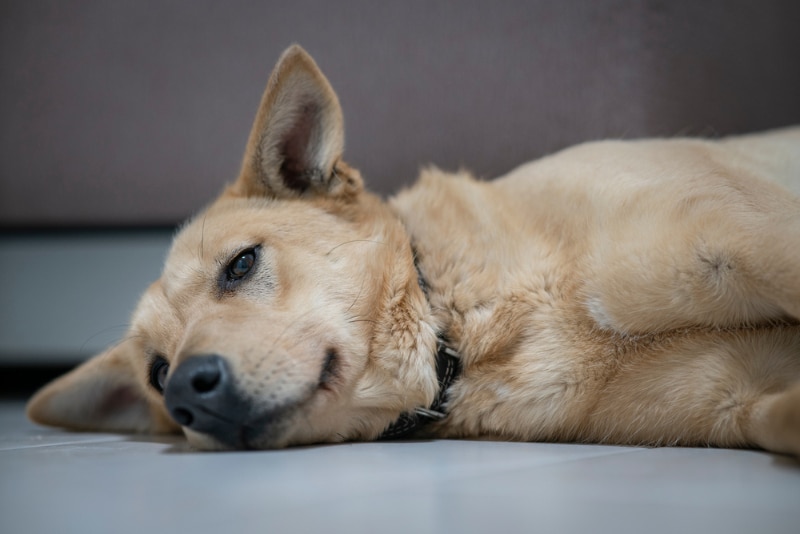
6. Parasites
7. Vitiligo
8. Sunlight
9. Post-Clipping Alopecia
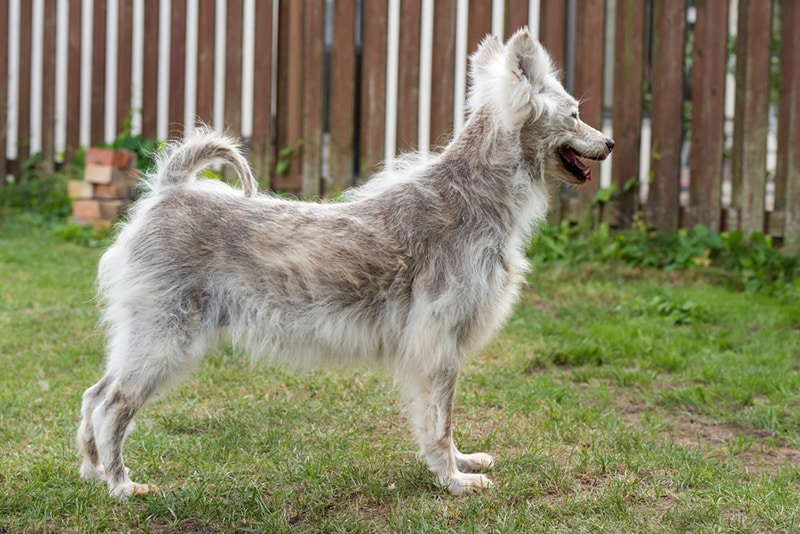
10. Post-Surgery or Post-Trauma Healing
11. Cancer
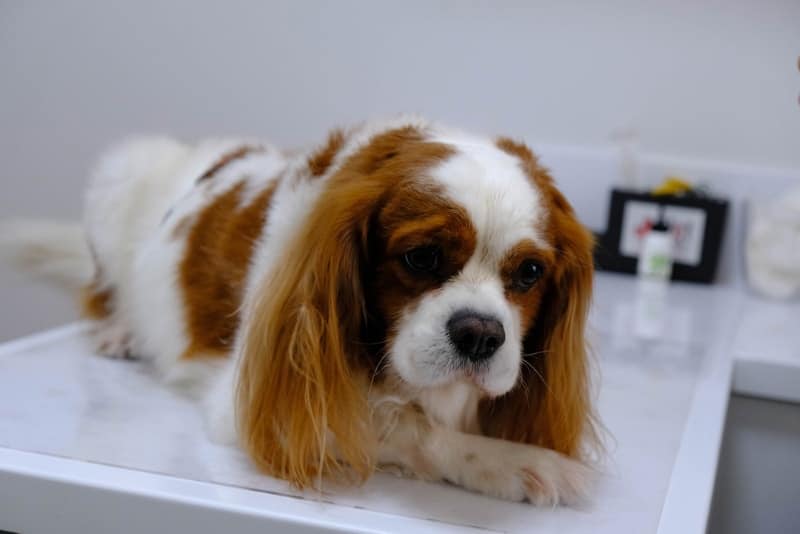
Frequently Asked Questions
Should I Be Concerned If My Dog’s Fur Changes Color?
Do Certain Dog Breeds Experience More Noticeable Fur Color Changes Than Others?
Can Medications Affect My Dog’s Fur Color?




